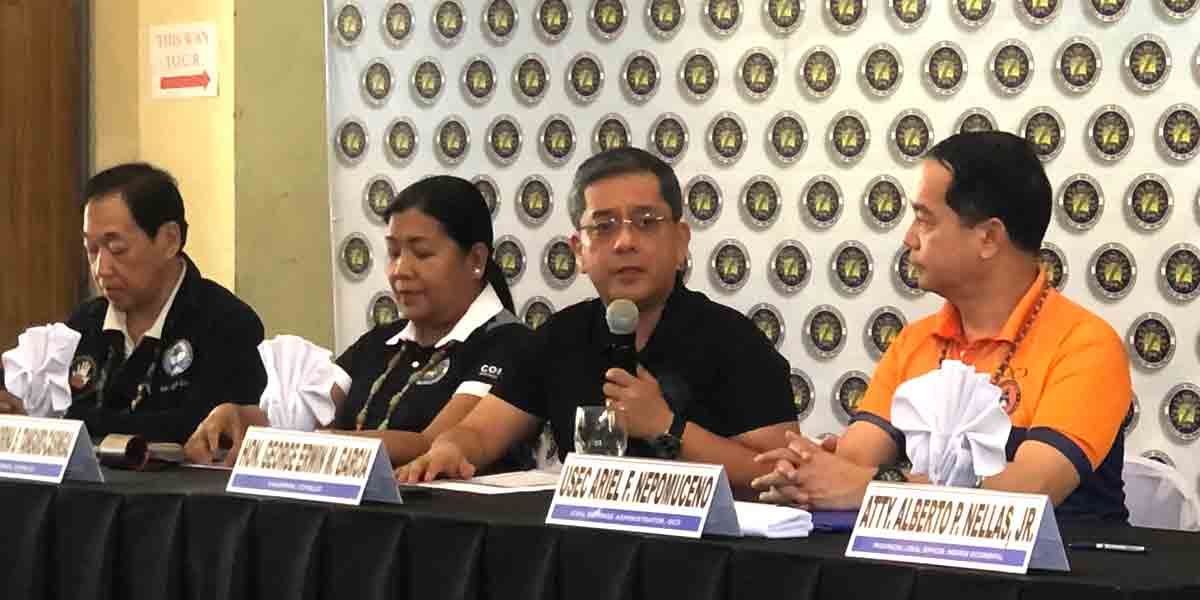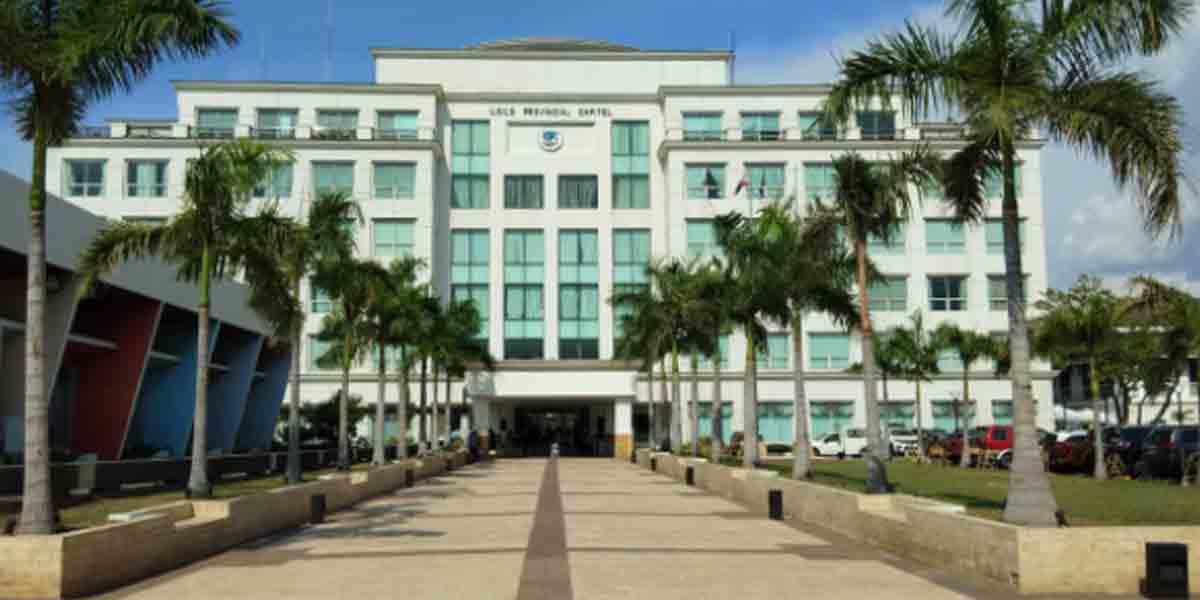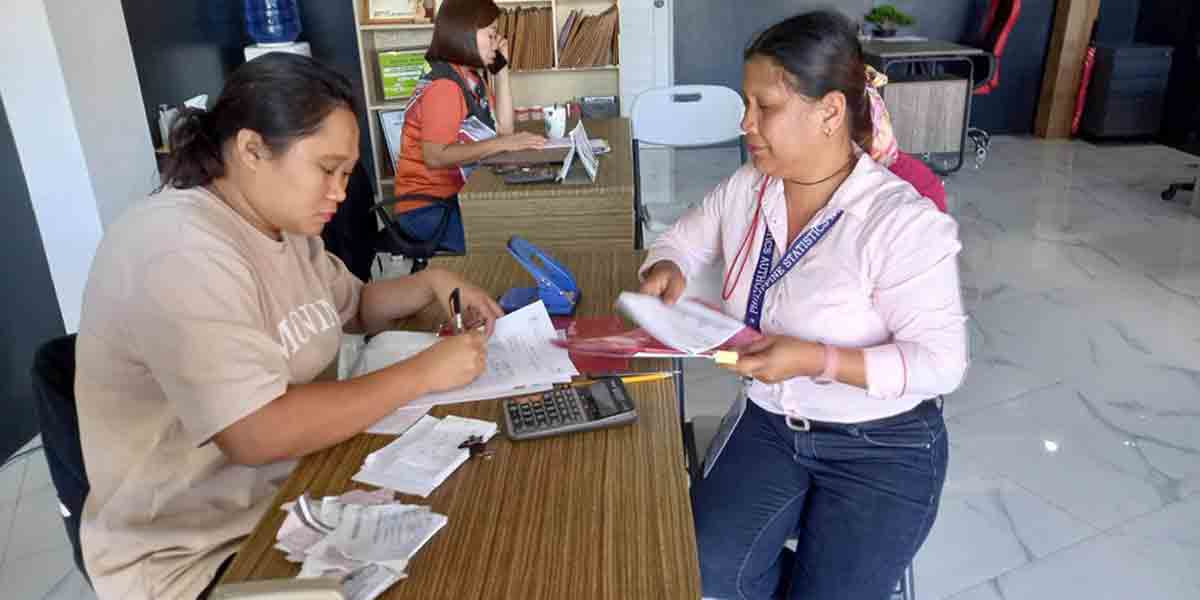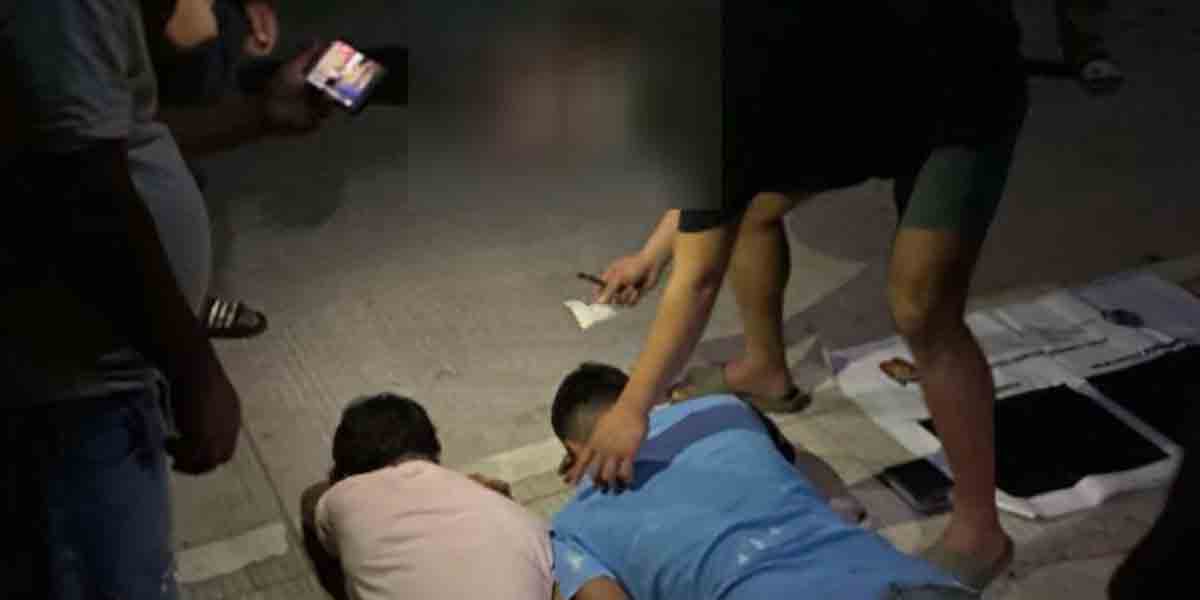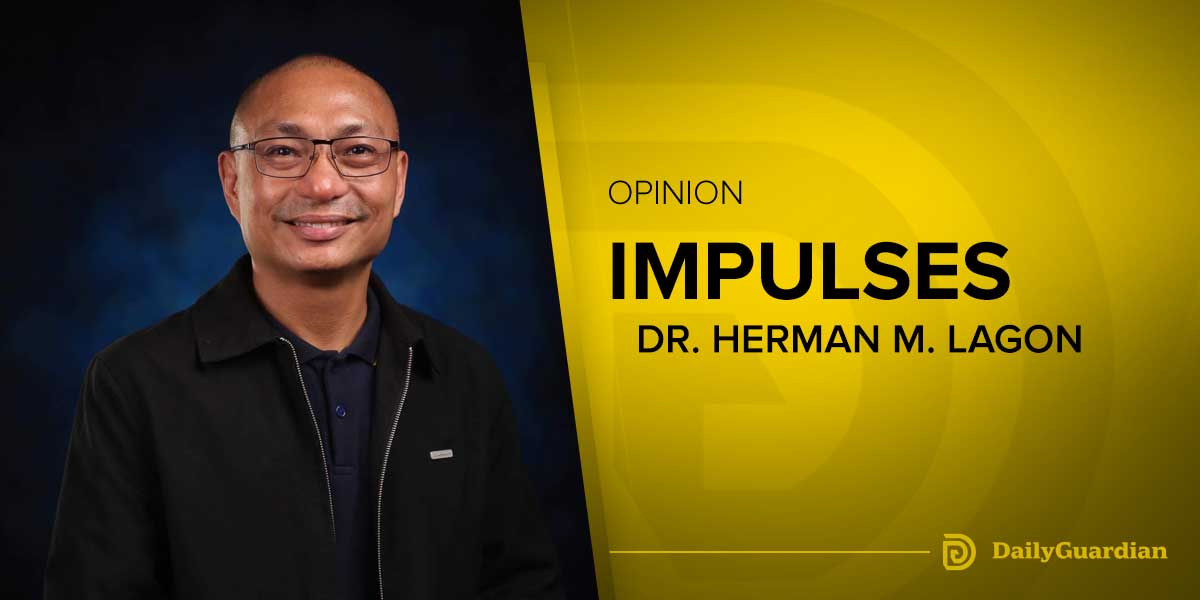The Anti-Bullying Act of 2013 was supposed to be a landmark piece of legislation—bold in its intent, clear in its mandate, and far-reaching in its promise to protect children in Philippine schools. Twelve years on, it remains largely just that: a promise on paper.
New findings from the Philippine Institute for Development Studies (PIDS) and the Longitudinal Cohort Study on the Filipino Child (LCSFC) reveal a staggering failure in implementation. A full 76 percent of Filipino students reported experiencing at least one instance of bullying in the past year, based on the 2022 Programme for International Student Assessment (PISA) results. Worse, 36 percent of them ranked among the “most bullied” globally, making the Philippines the highest among 80 countries surveyed.
These numbers are more than alarming—they are damning. They speak not only of children suffering in silence but of institutions failing in their duty to uphold safe learning environments. Despite the existence of Department of Education (DepEd) Orders requiring anti-bullying mechanisms in every school, implementation remains patchy, reactive, and perfunctory. It has become, in many cases, a compliance checklist rather than a transformative program.
Guidance counselors exist on paper but not in adequate number. Principals may know the protocols but often lack systemic support and training to carry them out effectively. In many public schools, the presence of a counselor does little when they are burdened with clerical work or forced to serve hundreds of students. Community engagement—crucial in identifying at-risk children and sustaining long-term behavioral change—is almost absent.
Policy adviser Dr. Alejandro Herrin of the University of San Carlos put it plainly in a PIDS forum: “Policy is there, but implementation is the challenge.”
The data backs this. Machine learning models used by PIDS show that key predictors of being bullied include poverty indicators such as hunger, grade repetition, and enrollment in public schools. These are not behavioral issues—they are structural and systemic. And yet, our anti-bullying responses remain individualized, focused on reporting mechanisms, mediation sessions, and temporary sanctions. What’s missing is a community-centered, well-resourced, and preventive approach.
As the research shows, bullying leads to measurable learning losses, contributing to the country’s poor PISA rankings in reading, math, and science. Even more disturbing is the economic implication: an annual GDP loss of PHP10 billion to PHP20 billion, or roughly the combined DepEd budget for textbooks and computerization in 2024. This is a cost the country cannot afford—and one we can prevent.
Schools need dedicated mental health personnel, not just “focal persons.” They need violence prevention training for teachers, trauma-informed support systems, and active partnerships with local governments and civil society. And yet, all too often, reports are filed away, workshops are done once a year, and the culture of cruelty—especially among boys and the economically vulnerable—persists.
The LCSFC study also found that children who are physically abused at home are more likely to fall behind in school, further compounding the problem. Clearly, this issue extends beyond school walls. The silence of teachers, the inaction of school heads, and the indifference of communities all contribute to the normalization of harm.
As Dr. Allan Bernardo of De La Salle University warned in the same PIDS forum, our bigger problem may be that Filipino students now see bullying as “a normal part of school life.” Changing that mindset will require more than legal instruments—it demands cultural shifts, sustained investments, and accountability mechanisms.
The Anti-Bullying Act gave us a legal framework. Now it’s time to give it teeth. Not by writing new laws, but by finally enforcing the ones we already have—with urgency, resources, and the courage to confront an uncomfortable truth.
Every unreported bruise, every unaddressed insult, every ignored cry is not just a personal wound—it is a failure of the system. And the longer we delay, the more children we fail.


